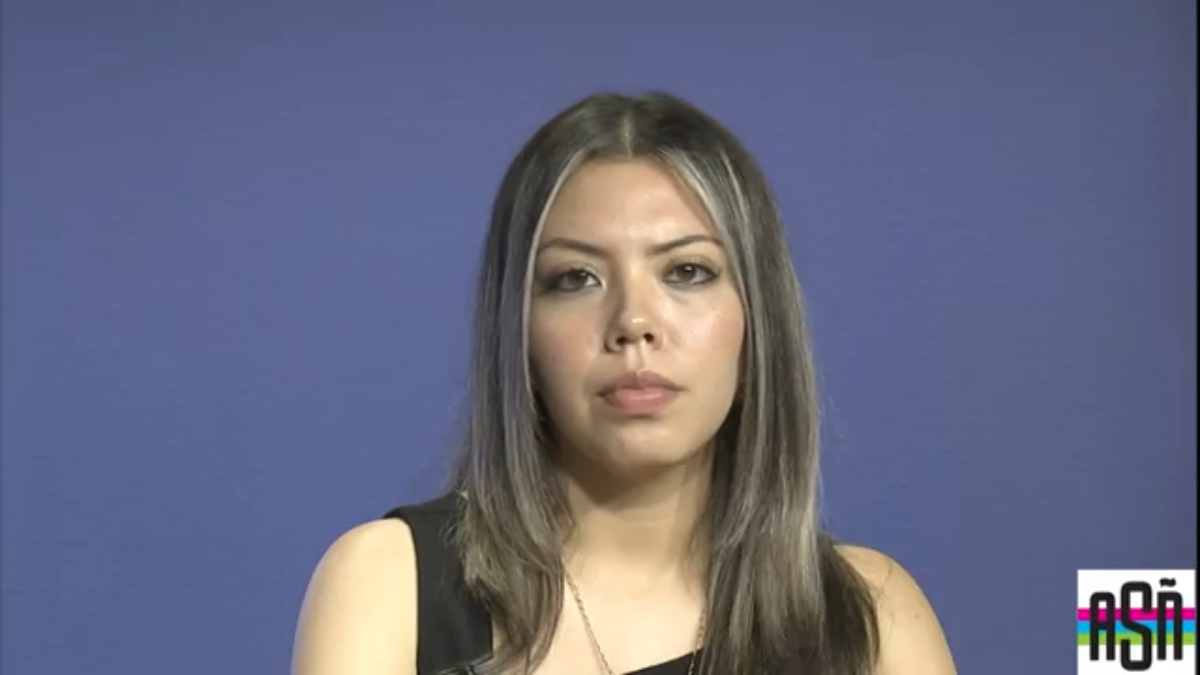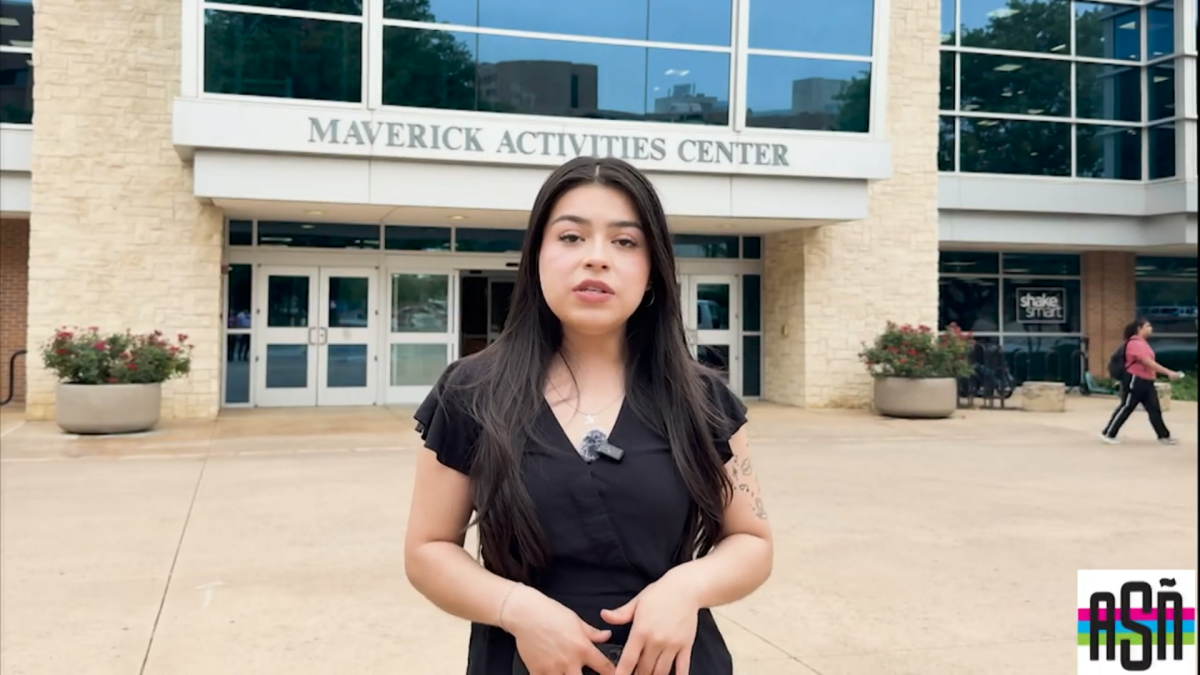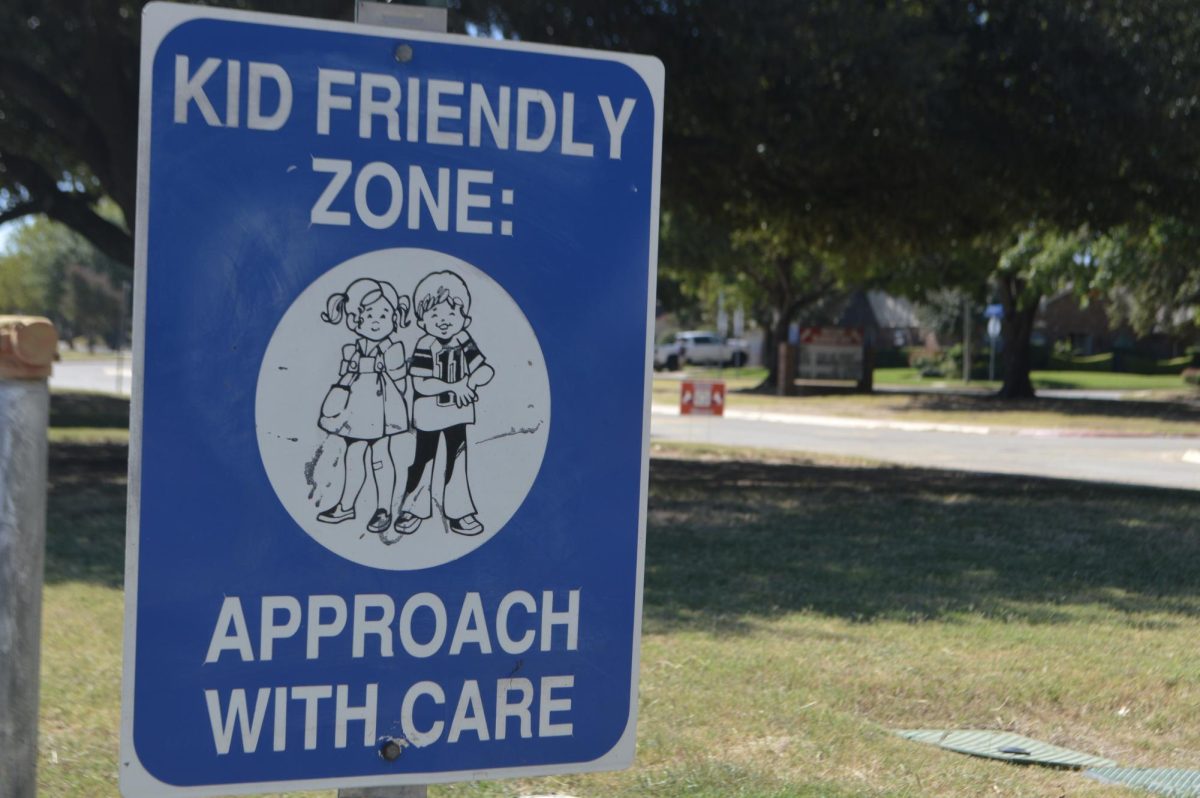ARLINGTON, Texas–As the child of immigrant parents, Maria Garcia was brought to the United States at a young age and has lived in the country since she was 11-months-old. Having grown up in the U.S., she feels more at home here than in Mexico, a country she cannot remember.
One thing she hopes to happen in the future is to have better laws protecting children who do not know another home than the country they grow up in.
The Deferred Action for Childhood Arrivals program, or DACA, was created in 2012 by former President Barack Obama. It provides immigrant children who arrive in the United States of America a chance to live their lives and not feel the fear of deportation that haunts every immigrant.
DACA was announced by Obama 30 years after the Supreme Court reached a decision in the case of Plyler v. Doe, which barred public schools from being able to charge undocumented immigrant children tuition. Since the implementation of the policy, immigrant children have had the opportunity to go to school and to work, which they would have never been able to accomplish if not for DACA.
Through the program, recipients are able to go to college and receive financial aid as well. In Texas, recipients are able to apply for the Texas Application for State Financial Aid, or TASFA. This aid is for students not eligible for FAFSA, the Free Application for Federal Student Aid.
“It is a great way to make college more affordable,” Ethel Munoz, UTA student financial aid officer, said. “Since funding is limited, we recommend students to apply on time,” she said.
In 2012, when the policy first went into action, it saw 157, 826 requests received. A year later the total requests received rose to 443, 967. Since the implementation of the policy, the numbers have continued to rise, with the total cumulative initial requests reaching 1,060,283 and total cumulative renewal requests reaching 2,663,139. Per the program requirements of DACA, recipients are required to renew their status and work permits every two years.
“You have to support evidence that you have been in the U.S. for more than two years,” Garcia said. “This is papers being signed, getting your biometrics done and mailing a money order to the government in order for your paperwork to be processed.”
In the fall of 2021, the number of DACA recipients in Texas was 97, 970. This was the second highest number of recipients in the United States, the first being in California at 168, 800. The total number of DACA recipients in the United States was 590,070. It is estimated that 1.3 million people in the United States of America live with a DACA recipient.
At the University of Texas at Arlington, Nico Covarrubias, the assistant director of the Intercultural Student Engagement Center, said UTA has a Dreamers Council made up of faculty and staff that come together and discuss initiatives and resources that could be provided for students that are a part of the program.
“A new initiative that will be coming out of our office this year will be our dream advocates,” Covarrubias said. “We have our Dreamers Council, but that’s made up of faculty and staff, [and] sometimes it can be a little intimidating.”
This new initiative aims to provide more open conversation to those that are DACA recipients. The dream advocates will be students at UTA that have a passion for assisting those that are a part of the program, to be able to have those conversations with them.
In 2012, when the policy was first announced, government and media officials described the youth of recipients and their education alongside those that were born in the country when talking about them. As they have grown and matured into the adults they are now, the policy has yet to change along with them. The policy faces challenges everyday through those that misinterpret it and do not fully understand how it works.
“I think there’s a lot of misunderstanding and regards to what the DACA program is and how it correlates to citizenship status here in the states,” Covarrubias said.
One of the misconceptions Covarrubias would like to shine light onto is that the program does not only affect people of certain heritage and is for anyone that came to the U.S. at a young age.
“A lot of the time, individuals believe, like DACA is only for those that are of Hispanic or Latino descent,” he says. “That’s not true. DACA recipients could look and identify in multiple different ways.”

































